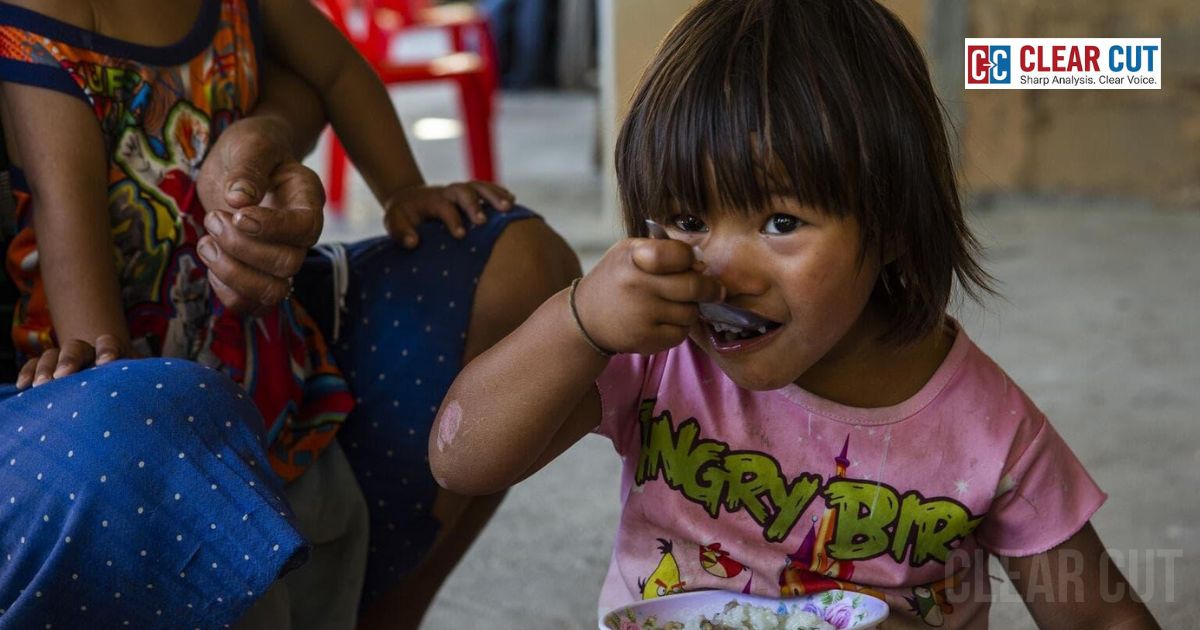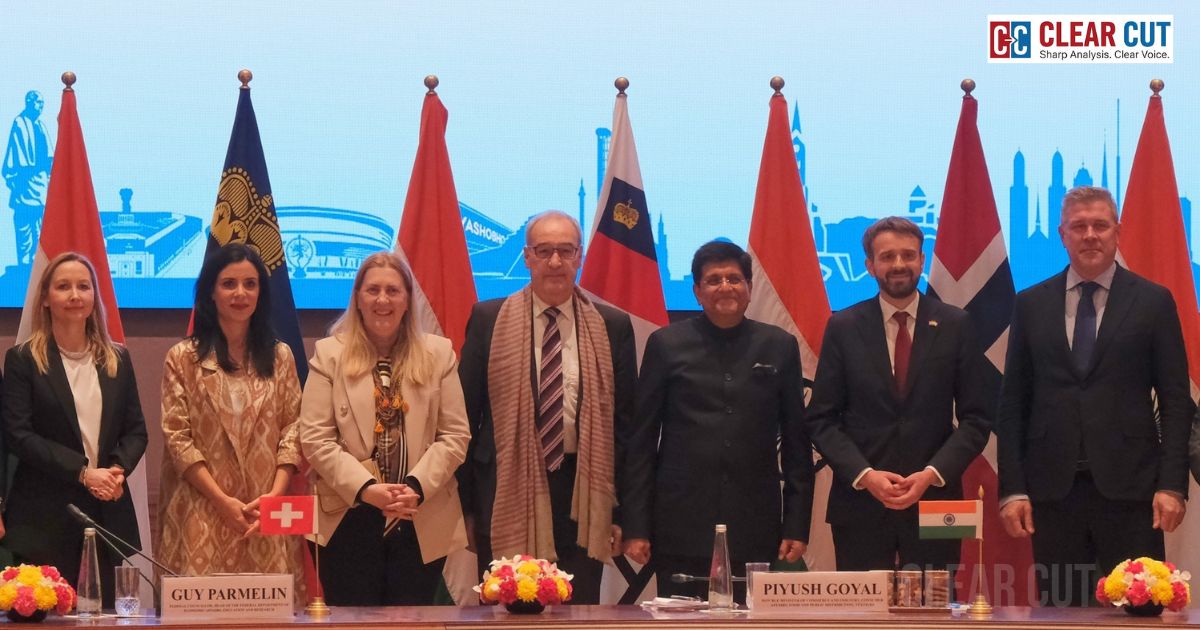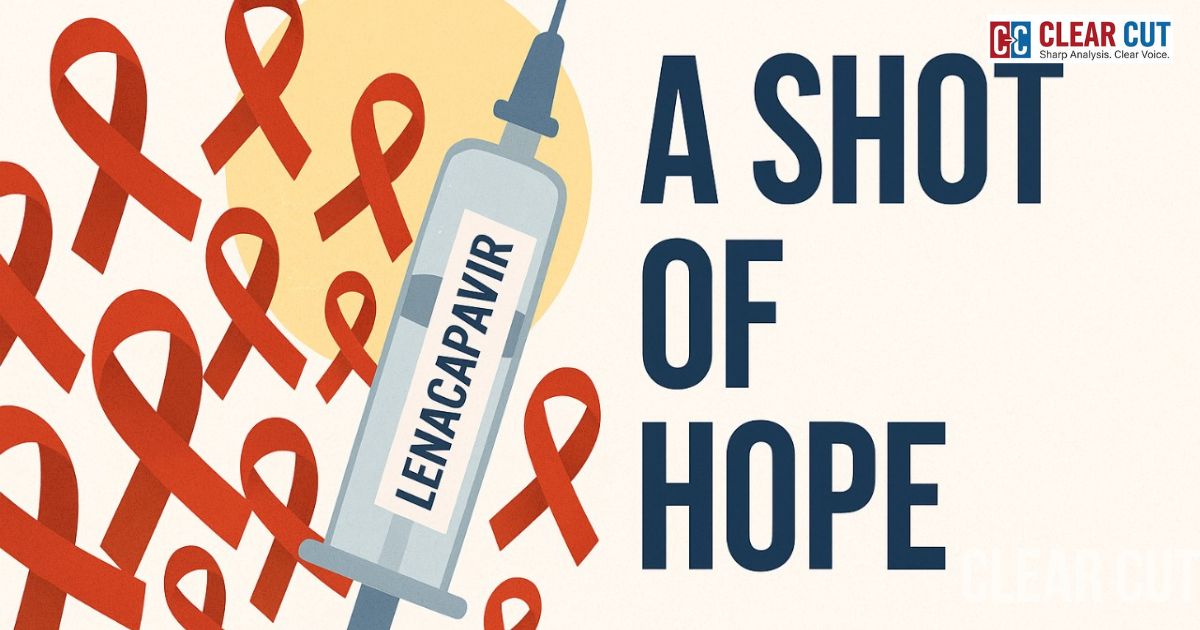Photo Credit: Unicef
Clear Cut Health Desk
New Delhi, UPDATED: Sep 24, 2025 03:15 IST
Written By: Janmojaya Barik
India can strive to be a world economic power, but one hard reality still haunts its progress, which is that millions of women and children are still going hungry in ways we do not always notice. The National Family Health Survey (NFHS-5) reveals that over a third of Indian children under the age of five are stunted, almost a third are underweight, and well over half of women in most states are anemic.
In multiple states of India the crisis is particularly acute. Behind each statistic stands a child who cannot concentrate in school because she hasn’t eaten enough, or a mother who knows her infant isn’t healthy but can’t eat a nutritious diet herself.
Why Malnutrition Still Haunts India ?
Malnourishment is not necessarily a growling belly. It tends to present itself in subtler forms—low weight for height, thinness, and frequent illness for lack of essential nutrients. And then the paradox: rural India continues to struggle with hunger while urban India is experiencing increasing obesity and diabetes. Combined, this makes confronting malnourishment one of the most difficult health challenges of our day.
The effect is long-term. The undernourished child of today is likely to underperform at school, earn lower wages as an adult, and suffer from ill health for a lifetime. That’s not a personal disaster but a national one.
What the Government Is Doing ?
India has not been in denial about the problem. A number of large programs have attempted to address the concerns over the years, such as
1) Poshan Abhiyaan (National Nutrition Mission) employs technology and community drives to track children’s progress and educate families.
2) Integrated Child Development Services (ICDS): Through Anganwadi centers, it supplies supplementary nutrition and health check-ups to millions of mothers and children.
3) PM POSHAN (Mid-Day Meal Scheme) provides schoolchildren with a hot cooked meal, usually the most balanced meal they’ll have all day.
These schemes have made a difference, but ask any Anganwadi worker in a village and you’ll hear about challenges: delays in supplies, crumbling infrastructure, and families who still can’t afford diverse diets.
A Ground Reality Check
With its huge population, multiple Indian states are at the center of India’s nutrition narrative. Almost 4 in every 10 children here are stunted, and anemia among women is prevalent. The government has attempted local initiatives such as the Suposhan Abhiyaan and “nutrition gardens,” but implementation due to various causes has not been very successful. In a few districts, children are doing well with active centers and NGOs’ partnerships, but in others, families are still excluded.
It is here that CSR initiatives and NGOs have made a significant difference.
HCL Samuday Poshan is an preventive measures which focuses behavioural change at the community level.
– Akshaya Patra Foundation, assisted through CSR partners, has centralized kitchens in metropolitan cities such as Lucknow and Varanasi, and it provides lakhs of hot, nutritious meals to schoolchildren every day.
– Smaller NGOs and self-help groups have established community kitchens that focus on making balanced diets and educating mothers on how to use local produce.
These initiatives supplement, but do not supplant, government programs, but they frequently fill in the blank spaces—particularly in the countryside and in underserved communities.
Why It’s Still a Tough Battle
Despite all these attempts, malnutrition is not easy to overcome. Poverty, food habits, and ignorance about nutrition are major contributors. Infrastructural and supply chain lacunae ensure that even well-planned programs often falter at the village level.
The Cruel Road Ahead
Experts are in consensus that it takes more than handing out food packets to combat malnutrition. It’s about empowerment, education, and community leadership. Refortifying Anganwadi centers with improved monitoring mechanisms, pressuring corporations to use CSR funds to support rural nutrition, and engaging women’s self-help groups to operate kitchens or nutrition gardens can all do wonders.
Nutrition-sensitive agriculture where farmers locally produce food that directly nourishes the community diet can also bring agriculture and health together.
A National Responsibility
Malnutrition does not make headlines like politics or tech, yet it quietly erodes India’s future. A hungry child cannot learn, and a mother who is anemic cannot have a healthy family. This is not charity but an investment in the human capital of the country.
The good news is that solutions are already available. With tighter collaboration between government, corporates, and civil society, India can finally emerge from the land of hidden hunger to a nation where each child can grow, learn, and flourish.




